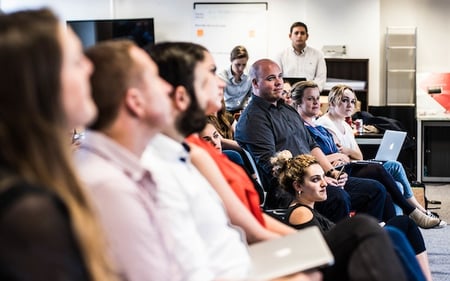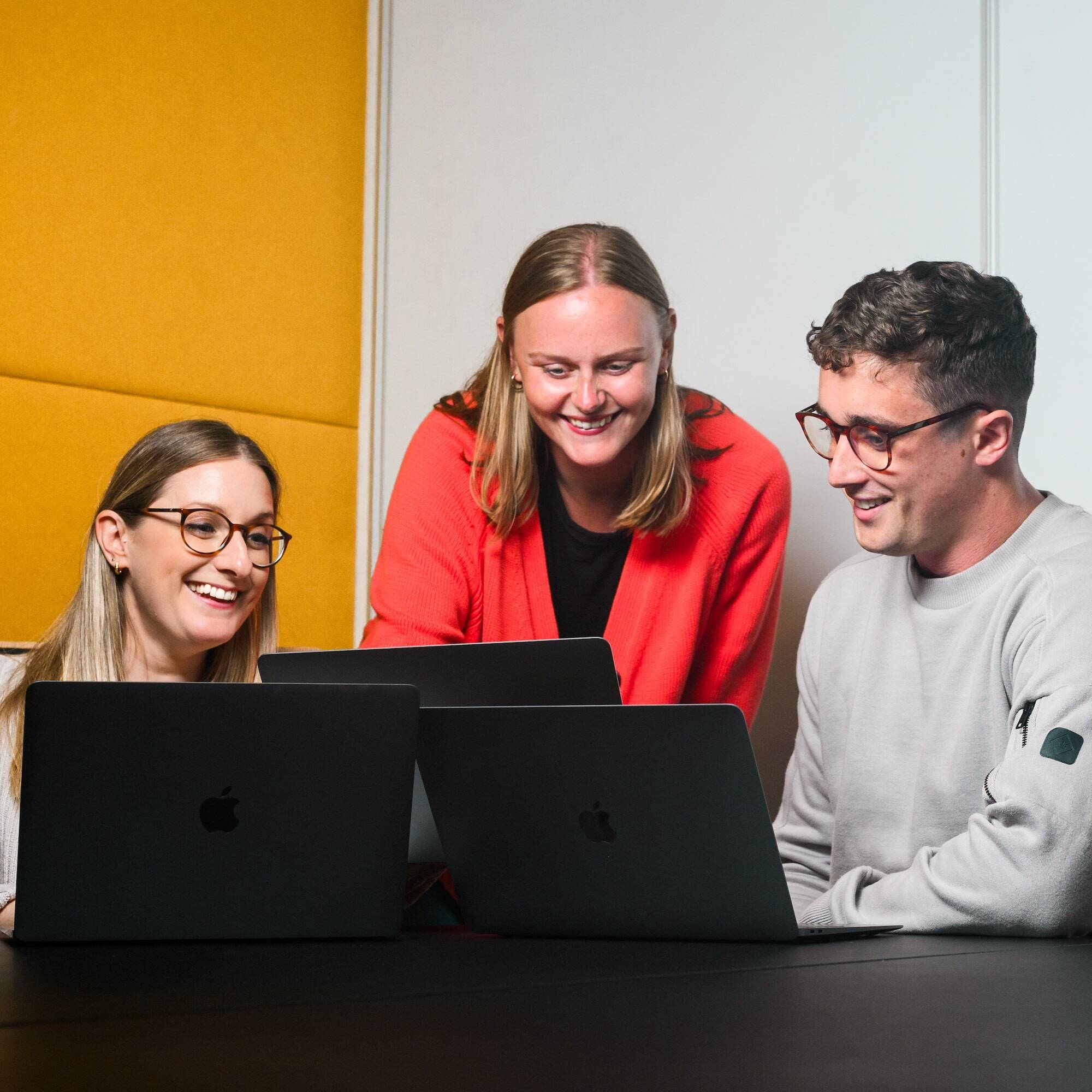
4 min read
Traditional learning is dead (I’ve covered this in prior posts). In a world driven and saturated by social media, YouTube clips, flashing lights and loud noises, media has transformed the way we act.
It’s changed the way engage, how we communicate and has to an extent, rewired our brains in terms of our attention spans, how we retain information and how we process it. This transformation has left us with a larger issue:
We’re left with a workforce that is largely disengaged from any kind of learning, especially in more traditional media.
And so the struggle for trainers becomes “how on earth do I create a training path or curriculum that sees people not only retaining the information but can actually do something effective with it?”
Because I believe that your trainees aren’t going to care, unless it affects them. It’s a traditional tactic and train of thought - the WIIFM — What’s In It For Me? That’s why it’s critical for our new age learning management systems to include that actionable item — the how (can you help?) after the why (am I doing this?).

Why it’s time to break the mold and Push the Boundaries of L&D
At Reward Gateway, we pride ourselves on pushing boundaries, and it’s one of my favorite company values to live by.
How do I, as a trainer, and you, as someone who wants to bring learning and development to your workforce, make our teams pay attention and really use what we teach?
Well, let’s first understand the current status quo. Most if not all organizations use two types of vehicles, a learning management system and traditional classroom learning that can span a day or multiple days. There are two major mistakes in this:
- First, there’s a tendency is to create training stream of conscious and throw it on the system and it just simply never gets used.
- Secondly, learning isn’t planned out. It’s just forced upon the masses as a way to just say, “this is what we want you to learn.” The employee never has a say, even though they know the areas they lack strength in.
And where do they turn to at that point? Probably not your LMS. My colleagues and I are all about employee engagement, and to create an engaged workforce, the right L&D is critical. And that means that you must create content that’s compelling, relevant and (of course) engaging. If employees help you and buy into the content before it’s distributed, you’ll have a much better chance at adoption.
It’s very similar to how my colleagues approach other HR initiatives.
OK, you’re thinking … I get it. But how are we actually pushing those boundaries I spoke of earlier?
Instead of bringing someone in and hammering them with the long training “to-do” list, we want to encourage them to learn everything about the business, as I believe that you should learn more than just what your core job responsibilities say (and we’ve talked before about throwing that job description in a nice little corner…).
I’m starting our new L&D culture with empowerment, in addition to engagement.
I’m going straight to our people to see what they need to know, and how I can design the perfect system to meet their needs. Here are some questions I’ll explore, and are key to choosing your LMS:
- Do I have a place that’s accessible to every employee, no matter where they are?
- Does this system encourage feedback and that need to constantly improve?
- Can I deliver different learning curriculums to different people, at different times?

Personal learning and development is what you make of it. Effective L&D departments will provide you with the tools and action items needed to further you training development but it only goes as far as you want to go. As we revamp our entire L&D culture, I’m excited to go on this journey with you, and with our team as well, but I’m bringing an unexpected twist:
We’re not actually going with an LMS. Instead, we’re doing something new, and completely different.
Over my next posts, I’m going to start unpacking this and walk you through our decision making process and where we have decided to go and most importantly, what are we looking to achieve? All of this is new for me, and while challenging, is quite adventurous. I hope you’ll come along for the journey with me.
Let’s get going…

 Zachery Wilkinson
Zachery Wilkinson



